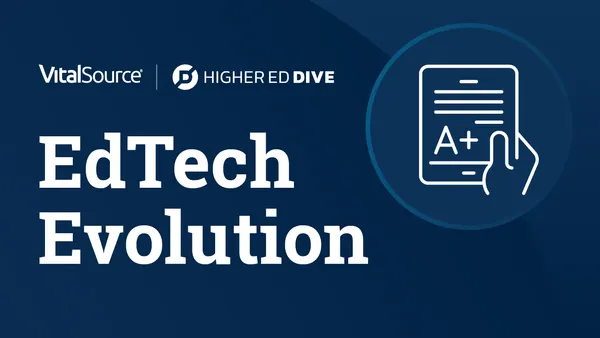Massive open online courses (MOOCs) may not replace traditional college courses altogether, but they will change priorities for higher ed institutions and students alike. Just as Twitter feeds, websites and magazines have found ways to co-exist in the media ecosystem, MOOCs and other means of instruction will probably find ways to co-exist in the future. First, however, schools and MOOC platforms will have to better understand what it is they do and who they want to serve.
The good news is that the target audiences for MOOCs are emerging.
In fact, at least 10 distinct groups are enrolling in these big, free courses, Donald Clark, a thinker in the education space, wrote on his Plan B blog Thursday. Among those groups are the following, Clark explained (and definitely check out his post for more in-depth descriptions):
- Internal students (on course)
- Internal students (not on course)
- Potential students (national)
- Potential students (international)
- Potential students (high school)
- Parents
- Alumni
- Lifelong learners
- Professionals
- Government
Understanding who these students are, what they bring to courses in terms of background knowledge and what they want out of their experiences can impact a array of operations. From course design and content to course marketing and evaluations, instructors and schools will ultimately need to know what they want to do before they can know whether or not they achieve success through MOOCs. Moreover, if credits or certificates are to be given out, instructors and students will need to know what they have signed up to do in the first place.
Clark isn't the first person to point out that lifelong learners—those who have aged out of typical college-going demographics and only want to take classes à la carte—are a big part of the international audience signing up to take MOOCs. However, these busy casual learners will bring personal goals that may part ways with professionals seeking technical know-how or students enrolled at institutions who are taking MOOCs for credit.
Universities will likely want to reach all of these groups to some extent—but the trick will be finding the right balance of using MOOCs to market institutional brands and reputations to potential tuition-payers and keeping enthusiastic audiences engaged. That latter group may even play a key role in influencing future generations who opt to attend four-year institutions when they decide where to go.
Every professor who teaches a MOOC for thousands of students who have never had contact with Harvard University or the University of Michigan is effectively a brand ambassador who is molding the institutions' reputation as he or she teaches. When you talk about class sizes on the scale that Coursera and edX MOOCs accommodate, that is no small responsibility.
So where does the marketing end and teaching begin? Well, that's something that colleges and universities are going to figure out for themselves. Ultimately, schools and students may be best served by tailoring individual MOOC experiences based on which of those ten categories a student falls into.
What do you think? Agree or disagree? Let us know on Twitter. We would love to hear from you.
Would you like to see more education news like this in your inbox on a daily basis? Subscribe to our Education Dive email newsletter! You may also want to read Education Dive's list of 15 ed tech Twitter accounts you need to follow.










